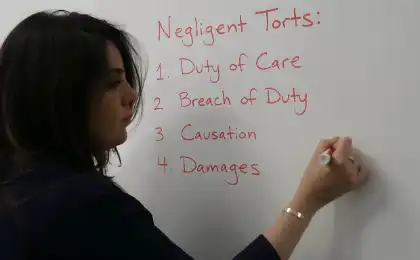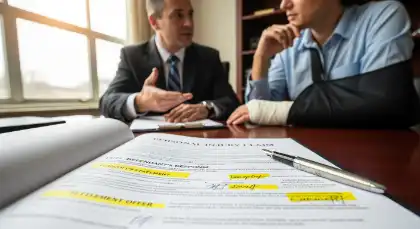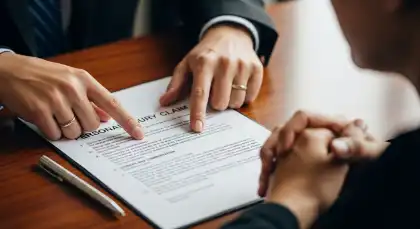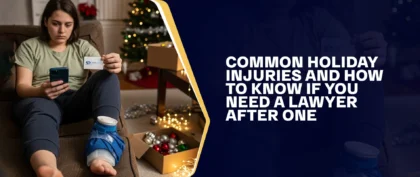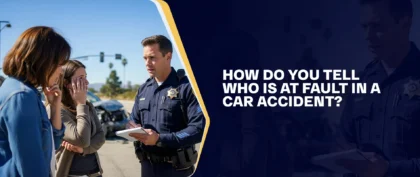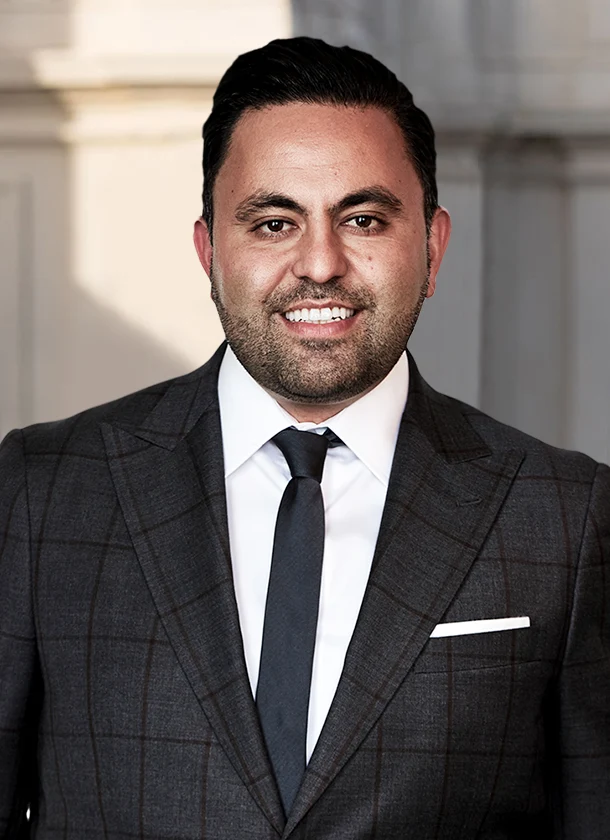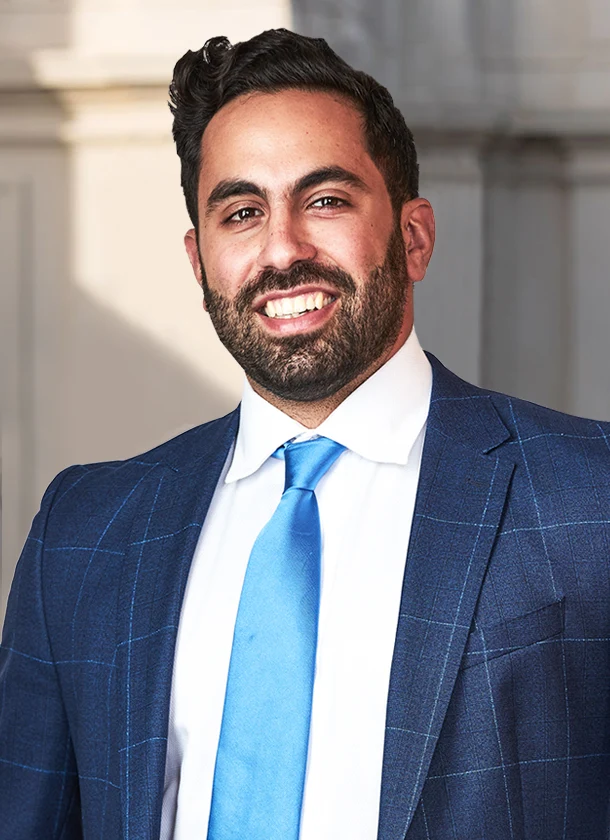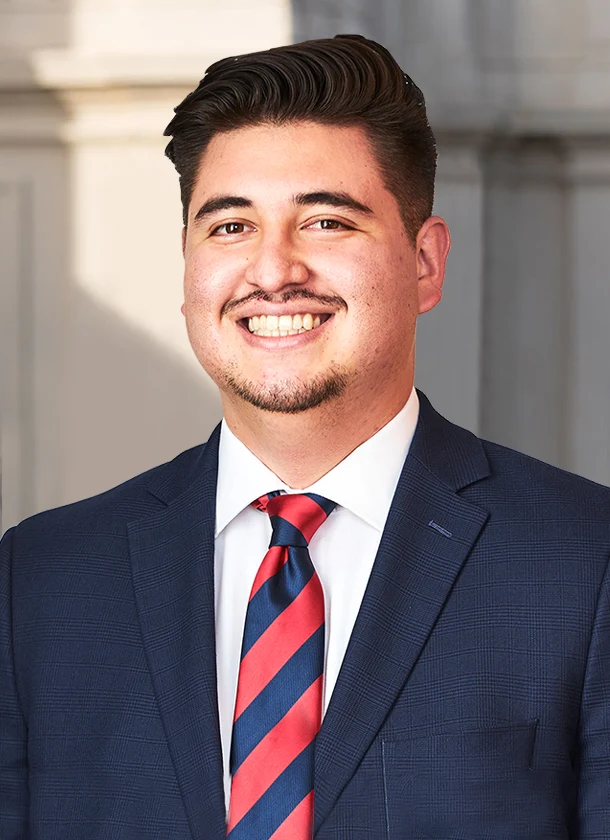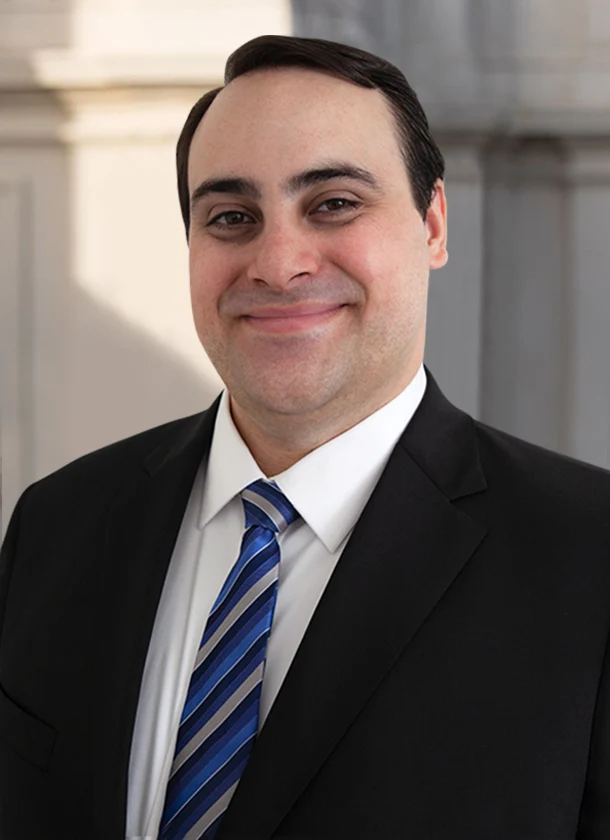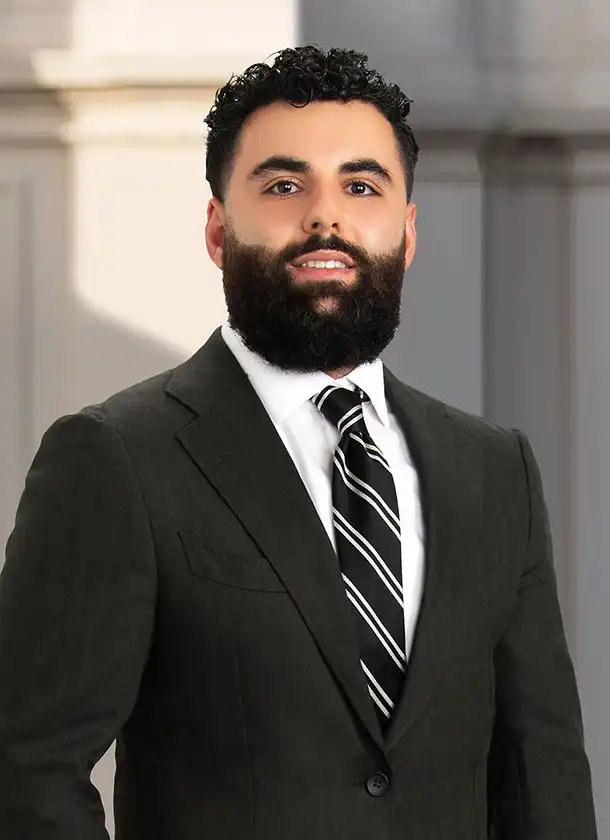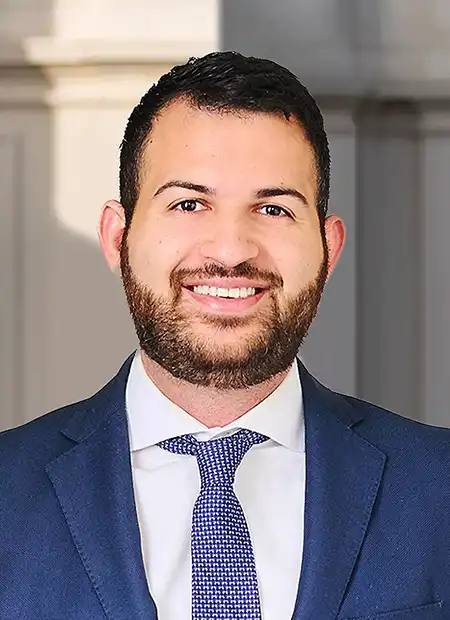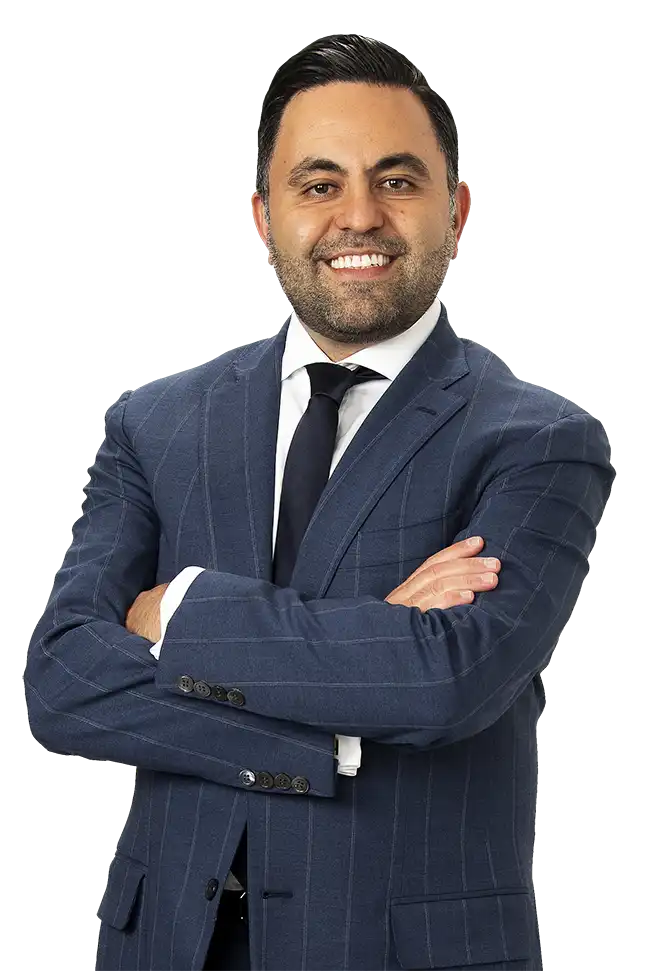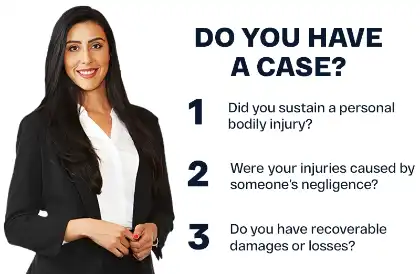TL;DR: Tort lawyers, often called personal injury lawyers, handle cases where someone suffers harm because another person or business acted carelessly or intentionally. They can help victims pursue money for medical bills, lost income, and emotional distress.
Table of Contents
A tort lawyer is a civil attorney who helps individuals recover compensation for losses resulting from another person’s negligence or intentional misconduct. These cases fall under tort law, which covers civil wrongs that result in injury, financial loss, or emotional harm.
At a glance, a tort lawyer can:
- Investigate the incident and gather evidence.
- Identify who may be legally at fault.
- Calculate damages such as medical bills and lost wages.
- Negotiate with insurance companies.
- File a lawsuit if needed.
- Represent clients in court.
If you’ve been injured or suffered harm, a tort lawyer can explain your legal rights and guide you through the steps to pursue justice.
What Do Tort Lawyers Do?
Tort lawyers represent clients in civil cases where another person, business, or entity causes harm to them. These cases usually fall into three main categories: intentional torts, negligent torts, and strict liability.
Here are the types of cases a tort lawyer typically handles.
Intentional Torts
These occur when someone deliberately causes harm or engages in conduct they know is likely to result in damage. These actions don’t necessarily need to cause physical injury to be considered wrongful.
Common examples of intentional torts include:
- Assault — Threatening someone in a way that causes real fear of being hurt can be considered assault, even if no physical contact happens.
- Battery — When a person deliberately hits, pushes, or touches someone else in a harmful or offensive way, it may count as battery.
- Sexual Assault — Any unwanted or forced sexual contact is sexual assault under civil law, even if there’s no physical injury.
- False Imprisonment — This occurs when a person is unable to leave a location without a legal reason. For instance, locking a door or restricting their freedom to move may qualify as false imprisonment.
- Defamation — If someone says something untrue about you that hurts your reputation, you might be able to file a defamation claim.
- Intentional Infliction of Emotional Distress — If someone purposely acts in a cruel or shocking way to upset or scare you, you may have a legal claim.
- Invasion of Privacy — Sharing your private information or photos without permission can be considered an invasion of privacy.
- Trespass (to Land or Property) — Entering or staying on someone’s property without their consent, even briefly, may qualify as trespass.
- Conversion — Taking and using someone else’s property like it’s your own may be considered conversion.
- Abuse and Domestic Violence — Causing physical, emotional, or verbal harm to someone in a family or relationship can result in a lawsuit.
- Kidnapping and Cyberstalking — Taking someone against their will or using the internet to harass them may lead to a civil lawsuit.
- Unfair Competition and Product Disparagement — A business may be liable if it makes false claims about another company.
- Restraining Order Violations — When someone disobeys a court order, it may be a restraining order violation. Examples include contacting, approaching, or bothering the protected person.
Negligent Torts
The most common type, negligent torts, arise when someone fails to use reasonable care. To prove negligence, a lawyer must show duty of care, breach, causation, and damages. Common cases include:
- Duty of Care — The defendant had a legal responsibility to act with reasonable care. For example, a grocery store must maintain its walkways to ensure they are safe for customers. A tort lawyer may prove this duty by showing laws, safety rules, or store policies.
- Breach of Duty — The defendant failed to meet that responsibility by acting carelessly or not acting at all. For instance, a store worker sees a spill but doesn’t clean it or put up a warning sign. To show this, a tort lawyer may use CCTV footage, safety inspection reports, or maintenance records that show the hazard was ignored.
- Causation — The defendant’s carelessness directly caused the injury. In our example, the spill might have been left as is, and a customer slips and breaks their wrist. A lawyer may use medical records, doctors’ notes, or expert reports to show that the unsafe condition caused the victim’s injury.
- Damages — The injured person suffered real harm, such as medical costs, lost wages, or emotional distress. In this case, the customer may have hospital bills and miss time at work. Tort lawyers may use receipts, pay stubs, treatment notes, or psychological reports to show how the injury affected them.
Negligent torts can arise from various situations, including driving, property maintenance, and the provision of professional services. Car accident lawyers frequently handle negligent tort claims that result from unsafe driving behaviors, helping injured individuals pursue compensation. Below are examples of negligent torts that may lead to legal liability:
Motor Vehicle Accidents
These are among the most common sources of personal injury claims. Here are the types of motor vehicle accidents a tort lawyer may handle:
- Car accidents
- Truck accidents
- Motorcycle collisions
- Pedestrian accidents
- Bicycle accidents
- Rideshare-related crashes (e.g., Uber or Lyft)
Premises Liability
Property owners are required to maintain their property in a reasonably safe condition. They should also alert visitors to any dangers. Under premises liability law, the owner may be held legally responsible if unsafe conditions on their property cause harm to someone. Premises liability cases may involve:
- Slip and fall accidents.
- Elevator or escalator malfunctions.
- Chemical exposure.
- Inadequate security causing assault or theft.
- Amusement parks, playgrounds, or school-related accidents.
- Swimming pool injuries.
Workplace Injuries
Workers’ compensation covers many job-related accidents. However, if a third party’s negligence caused the injury, a personal injury lawyer can help file a separate claim against that party. These types of workplace accidents often happen in construction or industrial settings. They may include:
- Construction accidents.
- Fire, explosions, and electrical hazards.
- Exposure to harmful substances.
- Overexertion and repetitive strain injuries.
Nursing Home Abuse And Negligence

- Physical harm, such as hitting or rough handling.
- Withholding food, water, or necessary medicine.
- Verbal threats, humiliation, or yelling.
- Stealing money or personal property.
Warning signs of abuse can include:
- Unexplained injuries or frequent hospital visits.
- Sudden weight loss or malnutrition.
- Withdrawal, fearfulness, or changes in mood.
- Poor hygiene or untreated medical conditions.
Wrongful Death
When a person dies because of another party’s negligence or misconduct, California law allows surviving family members to pursue a wrongful death claim. These cases are intended to provide financial support for close relatives who relied on the deceased, such as spouses, children, or, in some cases, parents.
Recoverable damages in a wrongful death case may include:
- Funeral and burial expenses.
- Loss of the deceased’s financial support.
- The value of the household services the person provided.
- Loss of companionship, care, and guidance.
Tort lawyers, particularly wrongful death lawyers, can guide families through this process by explaining eligibility, gathering evidence, and representing their interests in negotiations or in court if necessary. While no amount of compensation can replace a loved one, a wrongful death claim can help ease the financial burdens that follow an unexpected loss.
Strict Liability Torts
Strict liability allows you to hold someone responsible for harm, regardless of their intent or level of care. These claims typically arise in situations involving inherently dangerous activities or defective products.
In strict liability cases, you need to prove that the injury occurred and that the defendant’s actions or products caused it.
Examples of strict liability torts include:
- Product Liability — Tort lawyers handle product liability cases when faulty items like airbags, brakes, or electronics cause injuries. Even if a company follows safety protocols, it may still be held legally responsible if the product ultimately causes harm to someone.
Product liability law also applies to dangerous materials, including asbestos, which has been linked to severe illnesses. If you or a loved one has been harmed by defective products containing asbestos, seeking guidance from experienced mesothelioma attorneys can be crucial. - Dog Bites and Animal Attacks — Tort lawyers may help victims of dog bites or other animal attacks get money to cover their injuries. Some states, such as California, follow the strict liability rule regarding dog bites. Other states require proof that the owner knew the animal was dangerous.
- Dangerous or Hazardous Activities — Some activities are so risky that someone may be held responsible for injuries, even if they were careful. Examples are blasting explosives, handling toxic chemicals, or keeping wild animals.
Do I Need a Tort Lawyer?
Not every injury requires a lawsuit, but many situations are too complex to handle alone. You may benefit from hiring a tort lawyer if:
- You suffered serious injuries that require medical treatment or time away from work.
- Fault is disputed, and the other side denies responsibility.
- Multiple parties may be involved, such as a crash with several vehicles or a workplace accident with contractors.
- An insurance company denies or delays your claim, or offers far less than your losses.
- A government agency is involved, since these claims often have short deadlines.
- Evidence needs to be preserved quickly, such as security footage, accident reports, or witness testimony.
If you’re unsure and thinking, “What type of lawyer do I need if I’m injured?” consulting an attorney with the right experience is a smart first step.
How Can A Tort Lawyer Help With Your Personal Injury Case?
When someone gets injured, the challenges often go beyond physical pain. Medical bills, missed work, and uncooperative insurance companies can make recovery overwhelming. A tort lawyer guides you through each stage of the process and helps protect your rights.
Here are some of the key things tort lawyers can do for you:
- Case Evaluation — The lawyer reviews your situation, explains your legal rights, and helps determine whether you have a valid claim.
- Evidence Collection — Strong claims need proof. A tort lawyer gathers accident reports, medical records, photos, witness statements, and expert opinions to support your case.
- Calculating Damages — Your attorney identifies losses such as medical costs, lost income, reduced earning ability, and pain and suffering to make sure your demand reflects the true impact of the injury.
- Filing the Claim — Once the case is prepared, your lawyer notifies the at-fault party or their insurer and makes a formal demand for compensation.
- Negotiation With Insurers — Insurance companies often offer less than what a case is worth. A tort lawyer negotiates for a fair settlement and counters unfair tactics.
- Exploring Alternatives — In some cases, settlements occur outside of court through mediation or arbitration, which can save time and costs. Your lawyer helps determine if these options are suitable for your situation.
- Court Representation — If a fair settlement can’t be reached, a lawyer can take your case to court. They’ll present the facts and speak on your behalf before a judge or jury.
- Resolution and Guidance — Once the case concludes, the lawyer helps ensure medical bills and liens are addressed and that you receive your share of the settlement or award.
Deadlines To File In California
Time limits to file a tort or personal injury case, covered by the statute of limitations, are strict. Missing a deadline can mean losing your right to pursue compensation.
Key filing deadlines in California:
- Personal Injury Lawsuits — Generally, two years from the date of injury.
- Claims Against Government Agencies — Usually, six months from the injury to file a claim form, plus 6 months from denial to file a lawsuit.
- Exceptions — Extra time may apply for minors, people with legal incapacity, or other special circumstances.
Because evidence fades and witnesses forget details, it’s important to act quickly. A tort lawyer can track your deadlines and preserve the evidence needed to build a strong case.
Frequently Asked Questions About Tort Lawyers And Personal Injury Cases
Dealing with a tort or personal injury case can be confusing, especially if you’ve never been involved in a legal claim before. Below are answers to common questions to help you understand your rights, how the legal process works, and what to expect in a California tort claim.
If your concern isn’t addressed below, don’t hesitate to contact our team. We offer free initial consultations to help you understand your options and next steps.
What Is Tort Law?
According to the Legal Information Institute, tort law addresses cases where one person’s actions or failure to act cause injury or harm to another. Simply put, a tort is a civil wrong that can lead to legal liability for the responsible party.
In the context of torts, “injury” refers to a violation of someone’s rights. “Harm” means actual losses like pain, financial costs, or emotional suffering.
The primary goal of tort law is to enable victims to seek compensation and obtain justice through the civil court system. It also aims to prevent others from acting carelessly or causing harm. In most cases, this means financial compensation; however, courts may also order someone to cease harmful actions or take steps to rectify the problem.
Are Personal Injury Law And Tort Law The Same?
No. Personal injury law is a branch of tort law focused on physical or emotional harm, such as in car accidents. Tort law, however, also encompasses cases that don’t involve injuries, such as defamation, trespassing, or fraud. So, while all personal injury cases fall under tort law, not all tort cases involve personal injury.
What’s The Difference Between Tort Law, Personal Injury, And Criminal Law?
Tort law, personal injury law, and criminal law all deal with harm, but they serve different purposes. Here’s a breakdown of the differences:
| Aspect | Tort Law | Personal Injury Law | Criminal Law |
| Purpose | Helps injured people get compensation for their losses. | A subset of tort law focused on physical or emotional injuries. | Punishes wrongdoing and protects the public. |
| Who Files | The injured person. | The injured person (plaintiff). | The government. |
| Focus | Civil wrongs such as negligence, defamation, trespass, or fraud. | Cases involving injuries from car accidents, slips, medical errors, etc. | Acts against society, such as assault, theft, or DUI. |
| Proof Needed | Preponderance of the evidence (more likely than not). | Preponderance of the evidence. | Beyond a reasonable doubt (the highest legal standard). |
| Outcome | Money damages or orders to stop harmful actions | Money damages for medical costs, lost income, and pain and suffering. | Jail, probation, fines, or community service. |
How Much Does It Cost To Hire A Tort Lawyer?
The cost depends on your case facts and the lawyer’s fee arrangement. Most tort and personal injury lawyers use a contingency fee, but other structures may apply.
Key points to know:
- No Upfront Fees — Most lawyers don’t charge to start your case.
- Contingency Fee — The lawyer’s fee is a percentage of your settlement or court award.
- Case-Related Costs — You may be responsible for expenses like court filing fees, medical records, or expert witnesses. These costs can vary based on the complexity of your case or whether it goes to trial, and you may still be responsible for them regardless of how the case is resolved.
- Other Fee Structures — Some lawyers may use hourly rates or flat fees in certain cases.
A free initial consultation can explain the applicable fee arrangement for your situation and outline the costs you may need to cover.
What Are The Stages In A Tort Or Personal Injury Case?
Every case is unique, and the steps can vary depending on the type of tort. Understanding the stages in a personal injury case is crucial if you’ve been hurt due to someone else’s negligence or wrongful actions. Most personal injury cases, which are a common type of tort, follow a similar process:
Stage 1: Insurance Claim
Many personal injury cases start with an insurance claim. Your personal injury attorney investigates the incident, gathers medical records, and submits a demand for compensation to the at-fault party’s insurer.
Stage 2: Negotiation
Insurers may respond with a low offer. Your lawyer negotiates for a fair settlement that reflects medical bills, lost income, and pain and suffering.
Stage 3: Filing a Lawsuit
If negotiations fail or deadlines are approaching, your lawyer will file a lawsuit. This officially starts the court process.
Stage 4: Discovery
Both sides exchange evidence and may take depositions, where witnesses and parties answer questions under oath.
Stage 5: Mediation or Arbitration
Many cases resolve without trial. Mediation involves a neutral third party helping both sides settle. Arbitration is a private process where a decision-maker issues a ruling.
Stage 6: Trial
If a settlement is not possible, your lawyer presents the case in court. A judge or jury decides fault and compensation.
Stage 7: Resolution
Once the case concludes, settlement funds are distributed. The lawyer ensures medical bills and liens are paid before you receive your share.
How Do You Choose A Personal Injury Lawyer In California?
Selecting the right lawyer can significantly impact your case outcome and overall peace of mind. A frequent mistake in choosing an accident attorney is failing to review their experience. It’s essential to determine whether they have managed cases similar to yours, like car accidents, slip and falls, or dog bites. If you’ve been injured in a car crash, engaging experienced car accident lawyers can assist you in seeking fair compensation.
When hiring a personal injury lawyer in California, consider the following:
- Experience in Personal Injury Law — Choose someone who has handled cases similar to yours.
- Clear Communication — A good lawyer explains the process in simple terms and keeps you updated.
- Transparent Fees — You should understand how fees are charged before signing anything.
- Access to Resources — Investigators, experts, and support staff can strengthen your case.
- Willingness to Go to Trial — Even if most cases settle, your lawyer should be prepared to go to court.
Red flags to avoid:
- Guarantees of results (no lawyer can promise an outcome).
- High-pressure tactics to sign without thoroughly reviewing the fees.
- Lack of responsiveness or poor communication.
- No trial experience despite advertising for injury cases.
Before choosing, ask about past cases, fee structures, and how the lawyer approaches communication.
Do I Need A Tort Lawyer If My Injuries Are Minor?
Not every situation requires hiring a lawyer. If your injuries are minor, temporary, and fully covered by insurance, you may be able to resolve the claim on your own. However, even seemingly minor injuries can sometimes lead to more significant problems later.
When you may not need a lawyer:
- Injuries are minor and heal quickly.
- Medical costs are low and paid in full by insurance.
- No lasting symptoms or lost income.
When it helps to consult a lawyer:
- You develop ongoing pain, mobility issues, or other lasting symptoms.
- You lose income from missing work.
- The insurance company denies your claim or offers less than your expenses.
- You feel pressured to sign a release before knowing the full extent of your injuries.
A brief consultation with an injury lawyer can clarify whether your case is straightforward or whether legal help could protect your rights and future recovery.
What Damages Can A Tort Lawyer Pursue?
The damages available depend on the type of tort and the facts of your case. In personal injury claims, compensation is typically designed to cover both economic losses (financial costs) and non-economic losses (such as personal harm).
Possible damages include:
- Medical Bills — Hospital care, surgeries, medication, and ongoing treatment.
- Lost Wages — Income you missed while recovering.
- Reduced Earning Capacity — If your injuries limit future work ability.
- Property Damage — Repair or replacement costs (e.g., for a vehicle).
- Pain and Suffering — The physical pain and emotional distress you endured.
- Loss of Companionship or Support — Available in wrongful death claims.
- Punitive Damages — In rare cases, courts may award these to punish especially reckless or intentional conduct.
Every case is unique, so a lawyer will review your situation and explain which types of damages may apply.
What Happens If The Insurer Blames Me?
Insurance companies may dispute claims by arguing that the injured person was partly at fault, which can reduce the amount of compensation offered. This can feel overwhelming, but you still have options.
How a lawyer can help:
- Investigate the accident through witness statements, medical records, and expert opinions.
- Challenge inaccurate or unfair claims of fault.
- Present evidence showing the other party’s responsibility.
California’s comparative negligence rule:
Even if you are partly at fault, you may still recover damages. Your percentage of fault reduces the amount of compensation you receive. For example, if you are found 20% at fault and your damages are $100,000, you could still recover $80,000.
Because fault disputes can significantly impact recovery, having a lawyer evaluate the evidence can make a major difference.
Do Most Cases Go To Trial?
Most tort and personal injury cases do not go to trial. They are often resolved through settlement or alternative dispute resolution.
Common ways cases are resolved:
- Settlement negotiations with the insurance company.
- Mediation, where a neutral third party helps both sides work toward an agreement.
- Arbitration, a private process where a decision-maker issues a ruling.
When a trial happens:
A trial usually occurs only if the insurer or defendant refuses to offer a fair settlement or if liability and damages are strongly disputed. In those situations, your lawyer presents evidence in court, and a judge or jury decides the outcome.
Speak With A Tort Lawyer Who Handles Personal Injury Cases
After an accident, many people seek free accident lawyer advice to learn about their options. You may even wonder, “Do I need a personal injury lawyer?” The answer depends on your specific needs. A tort lawyer can explain your rights, gather evidence, deal with insurance companies, and pursue the compensation you deserve under the law.
At AK Law, our skilled injury attorneys, including Benny Khorsandi, are here to listen, answer your questions, and guide you through the legal process. We offer a complimentary case evaluation, allowing you to assess the validity of your claim with no upfront legal costs.
Call us at (888) 488-1391 or fill out our “Do I Have A Case?” form. You can also send a chat message using the chat bubble in the lower right corner of this page.

